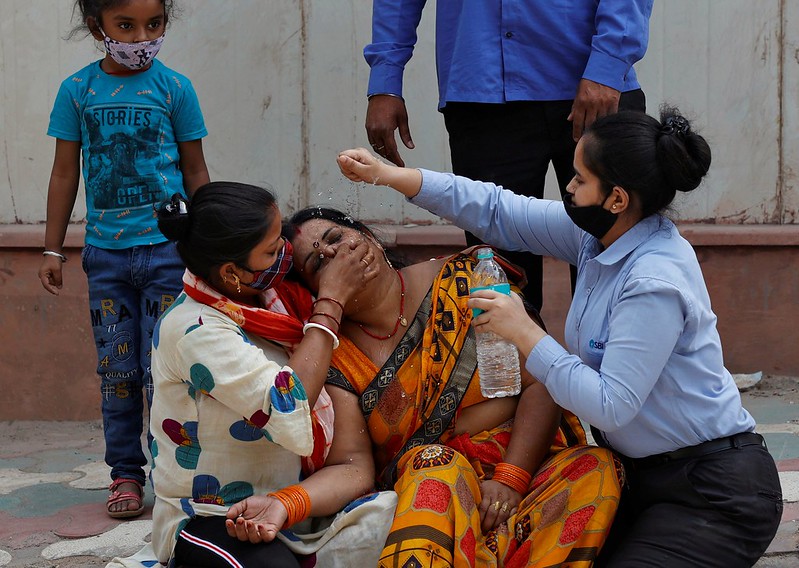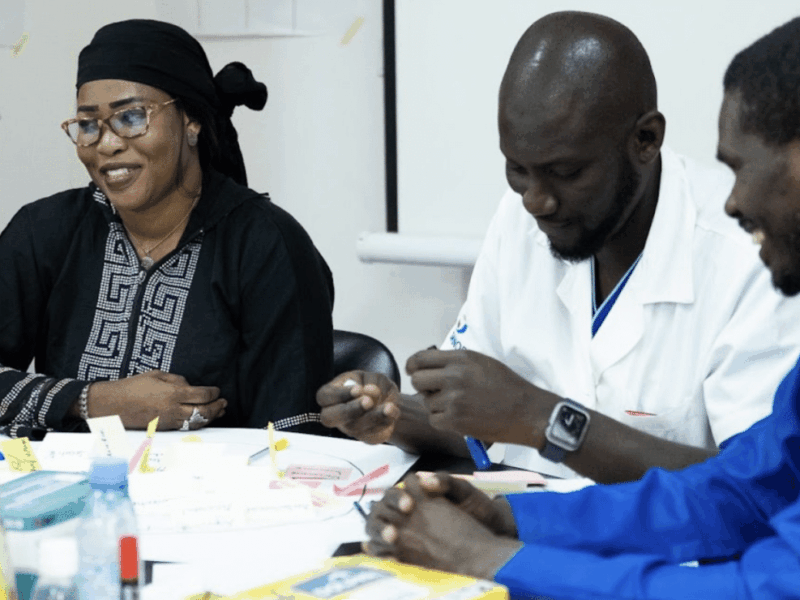With the COVID-19 crisis raging through her home country of India, the Johns Hopkins Center for Communication Programs’ Uttara Bharath Kumar started getting numerous requests through email, social media and the COVID-19 Communication Network (CCN) website, which she leads.
The requests were the similar: People were looking for simple, credible, easy-to-understand information and resources they could easily adapt, translate or use as-is to address the increasingly devastating situation in India.
India is in the midst of a severe second wave of COVID-19 cases. In the past 30 days, the country – the second most populous in the world – has recorded 8.3 million cases. Since April 22, more than 300,000 cases have been added every day, with some days over 400,000. More than 3,000 people are dying each day and hospitals are experiencing critical shortages, such as a lack of oxygen. Prevention and vaccine promotion are key to reducing the number of people who become seriously ill and behavioral choices are a critical component in preventing the spread of COVID-19.
That’s why CCP has created a special section of the CCN called SBC Resources for India. This is a collection of social and behavior change (SBC) COVID-19 resources to assist policy makers, SBC and health practitioners, journalists, response organizations, communities and the general public during this wave of COVID-19 infections in India.
This collection covers multiple topics including distancing, mask wearing, hand washing, vaccine uptake and more and includes some resources in Indian regional languages.
Some of the materials were submitted directly to the site by those who developed them. If people do not find what they want in the India-specific resource section, they can also look for global examples in the rest of the CCN collection as well.
“A number of creative and comprehensive resources already exist but not everything is in one place or easy to find,” says Bharath Kumar, CCP’s senior technical advisor for social and behavior change. “That is why we pulled together this set of materials.”
The CCN has more than 600 resources that have been accessed and used by more than 36,000 unique users from 133 countries since its launch in April 2020. From message guides, training modules and research papers to videos, social media, audio and print, the CCN includes a range of high-quality resources in a number of languages for different contexts. The website is a collaborative initiative was created as part of the USAID-funded and CCP-led Breakthrough ACTION project and is curated by an editorial team.
The CCN will continue sourcing, accepting, curating and adding resources to the India collection in the hope that people will use them to help slow down new COVID-19 infections in India.





